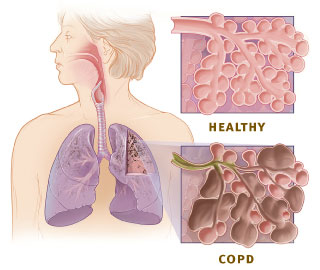Reaction occurs mainly because the antivenin is produced from horse serum, body may react to traces of horse serum component; also to some extent to the preservatives and other components of the antivenin.
The frequency of reactions varies markedly between individual antivenin and between different batches of anti-venom from the same manufacturer.
Sometimes the reaction may prove life threatening. It is popularly administered after a skin test. Still that may not have any predictive value and can itself cause anaphylactic reactions. To combat this steroid, antihistamine and adrenaline are used. Sometimes some of these medication are pre-administered.
A published data from a small trial has demonstrated no benefit from the routine use of antihistamines. Hydrocortisone takes several hours to act and may be ineffective as a prophylactic against acute adverse reactions that develop almost immediately after anti-venom treatment. Another study demonstrated a trend towards hydrocortisone reducing reactions when given with intravenous chlorpheneramine.
Severe reactions to anti-venom can appear during the first 48 hrs. after its administration. However, more than 80% of severe reactions occurs during the first hour after anti-venom administration, and only a negligible number of severe reactions occurs more than 6 h after anti-venom administration.
To combat life threatening reactions adrenaline is the first choice. In a recent study the researchers found that administration of adrenaline significantly and substantially reduced the risk of severe adverse reactions in the first hour and continued till 48 hrs, but neither hydrocortisone nor promethazine had any clear effect. They have also demonstrated that a dose of subcutaneous adrenaline of 250 micrograms is safe after snakebite, even where there is coagulopathy.
There is emerging evidence that the use of caprylic acid, which results in a more pure IgG preparation, may reduce reaction rates.
Slow infusion of anti-venom intravenously (rather than administration by bolus injection) has also been advocated as a way of reducing reaction rates.
Subcutaneous pre-administration of 0.25 ml. of 1:1000 adrenaline along with chlorpheneramine maleate may prevent a large number of acute and long term reaction to antivenin.
It is emphasized that the need for careful observation of patients receiving anti-venom and prompt treatment of acute reactions when they occur remains undiminished.
...
Click here to Subscribe news feed from "Clinicianonnet; so that you do not miss out anything that can be valuable to you !!
...






